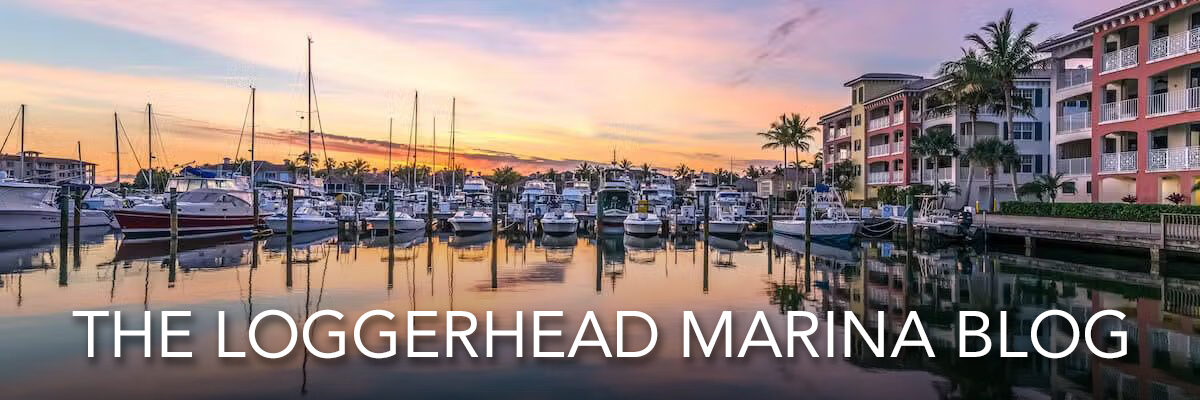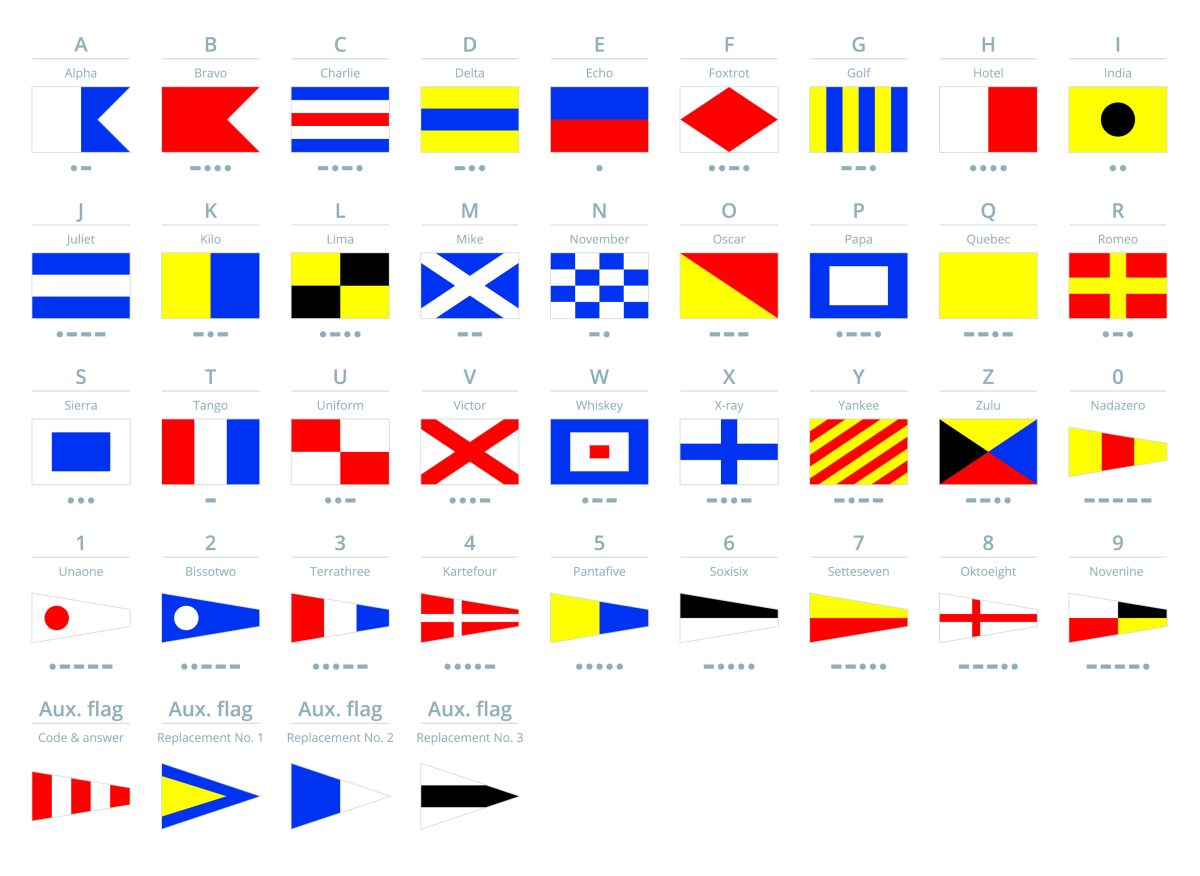Two-Letter Flag Signals
Have you ever seen flags being flown while out on the water that you didn’t recognize? Being familiar with your flags can help you and other boaters stay alert and be safe.
A C: I am abandoning vessel
I T: I am on fire
A N: I need a doctor
J F: I am in distress and need immediate assistance
A Q: I have an injured person who needs to be taken off immediately
J G: I am aground and in danger
C B: I require immediate assistance
J L: You are at risk of running aground
C J: Do you require assistance?
J W: I have sprung a leak
C N: I am unable to give assistance
K F: I require a tug
C P: I am coming to your assistance
K N: I cannot take you in tow
D V: I am drifting
N C: International Distress
D X: I am sinking
N E: Proceed with great caution
G W: Man overboard
N F: You are running into danger
I M: I request to be escorted until further notice
N G: You are in a dangerous position
VHF Channel Markers
Whether you’re very comfortable with using your VHF radio or still figuring things out, knowing how to use your channels is essential to communicating effectively with those around you.
16: Hailing and distress
09: Ship-to-ship and ship-to-coast (for example, when contacting marinas)
68: The same as Channel 9, but this channel is also used for commercial ship-to-ship
06: Ship-to-ship communication for safety only
21A and 83: Coast Guard internal communication only
22A: This is the channel you’ll be switched to if you call the Coast Guard, and your situation isn’t life threatening
13: Navigational (bridges, locks, etc.)
70: Reserved for digital selective calling
12: Port operations
25, 26, 27, and 28: Public telephone-link up with a land-based marine operator
69, 71, and 72: Ship-to-ship communication
WX-1, WX-2, WX-3, and WX-4: Weather broadcasts


